-
Programmable Swaps
Programmable Swaps on Cardano refer to a flexible, automated trading mechanism that allows users to define custom conditions for executing swaps (trades) between assets on the blockchain. These swaps are powered by smart contracts and offer greater control and automation compared to traditional decentralized exchanges (DEXs). Programmable swaps enable users to set up complex trading…
-
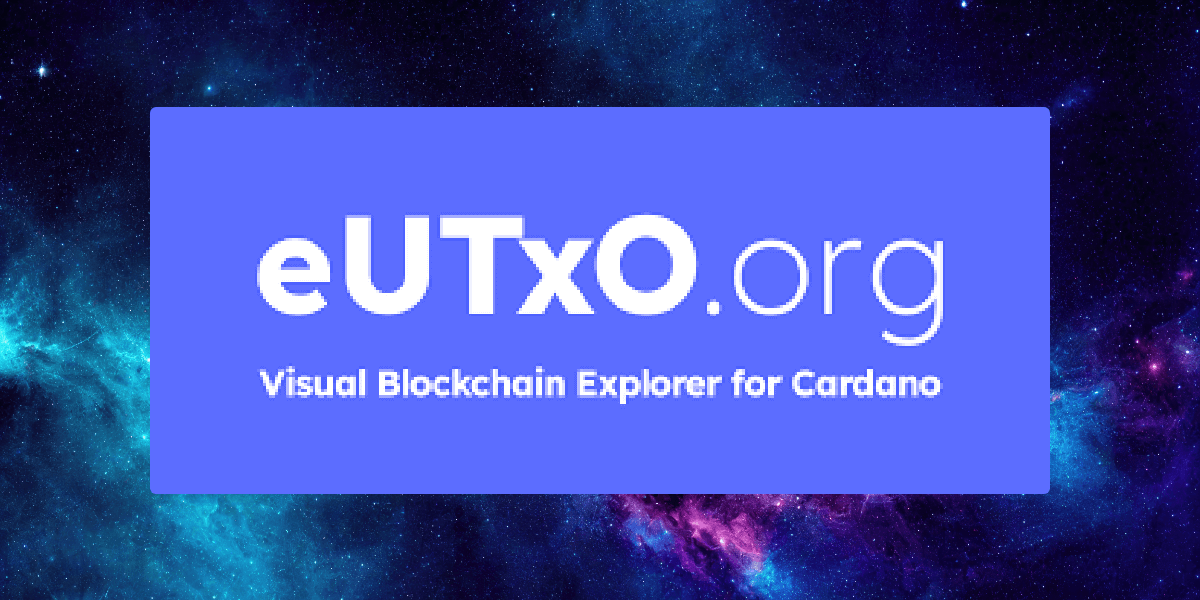
eUTXO.org
eUTXO.org is an educational and informational resource dedicated to explaining and promoting the Extended Unspent Transaction Output (eUTxO) model, which is the transaction model used by the Cardano blockchain. The website is designed to provide developers, researchers, and blockchain enthusiasts with a deeper understanding of how the eUTxO model works, how it differs from other…
-
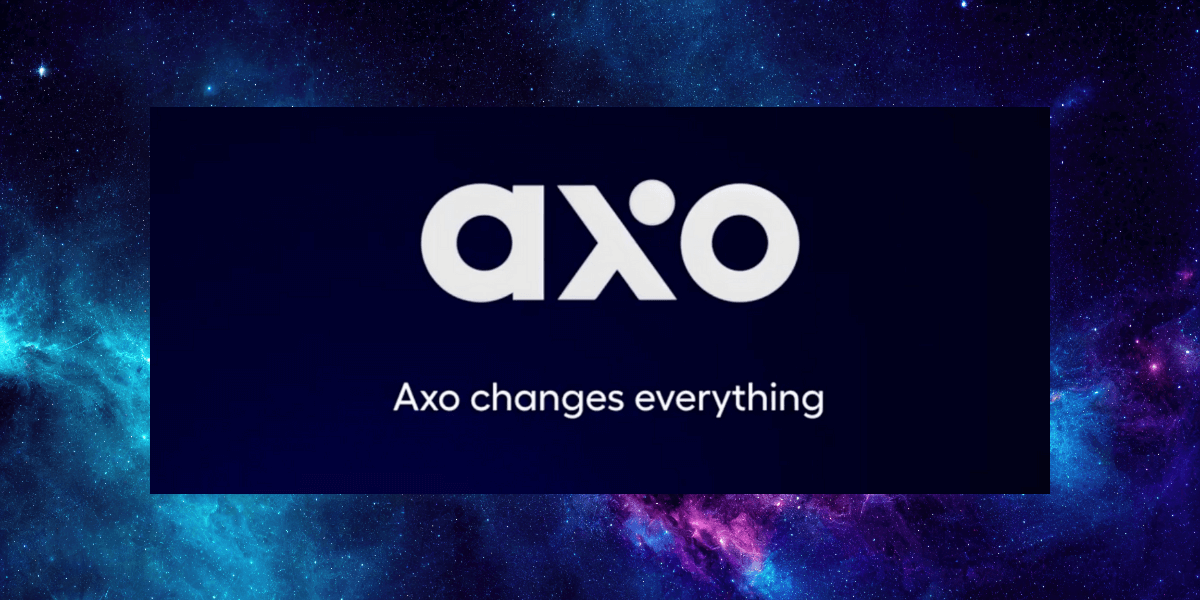
Axo
Axo is a decentralized exchange (DEX) being developed on the Cardano blockchain. It is designed to bring advanced trading features and a new level of control to users within the Cardano ecosystem. Axo aims to offer a highly customizable and efficient decentralized platform that allows users to trade assets while maintaining security and decentralization, leveraging…
-
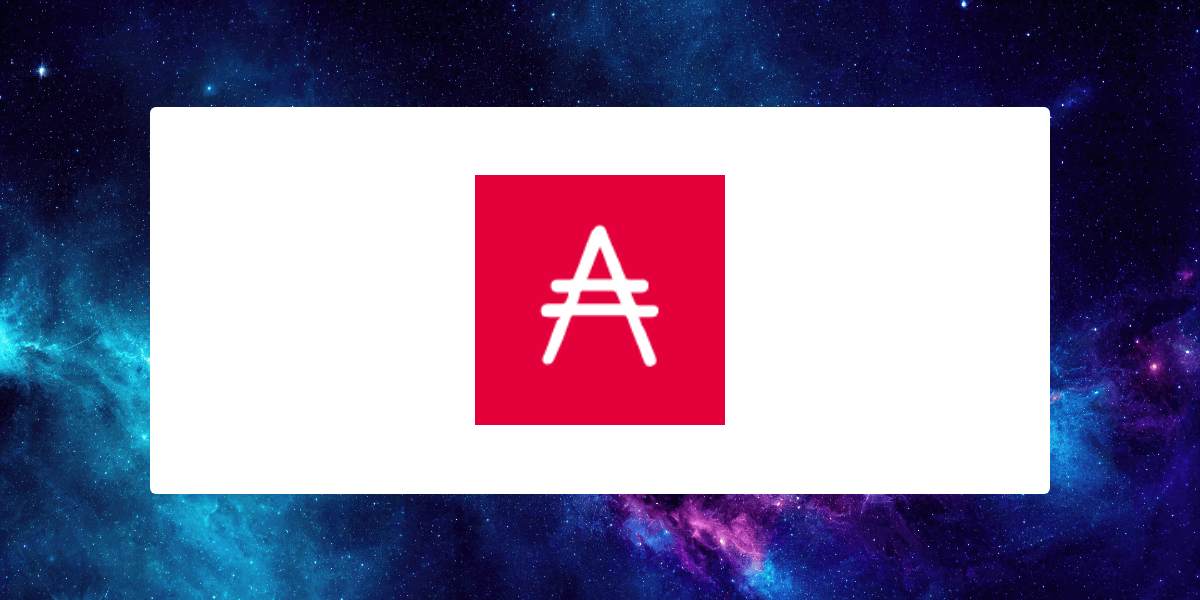
Cexplorer
Cexplorer (also known as Cardano Explorer) is a web-based platform that provides detailed data and analytics related to the Cardano blockchain. It serves as a block explorer, allowing users to view and analyze various aspects of the Cardano network, such as transactions, blocks, stake pools, and overall network performance. Cexplorer is widely used by both…
-
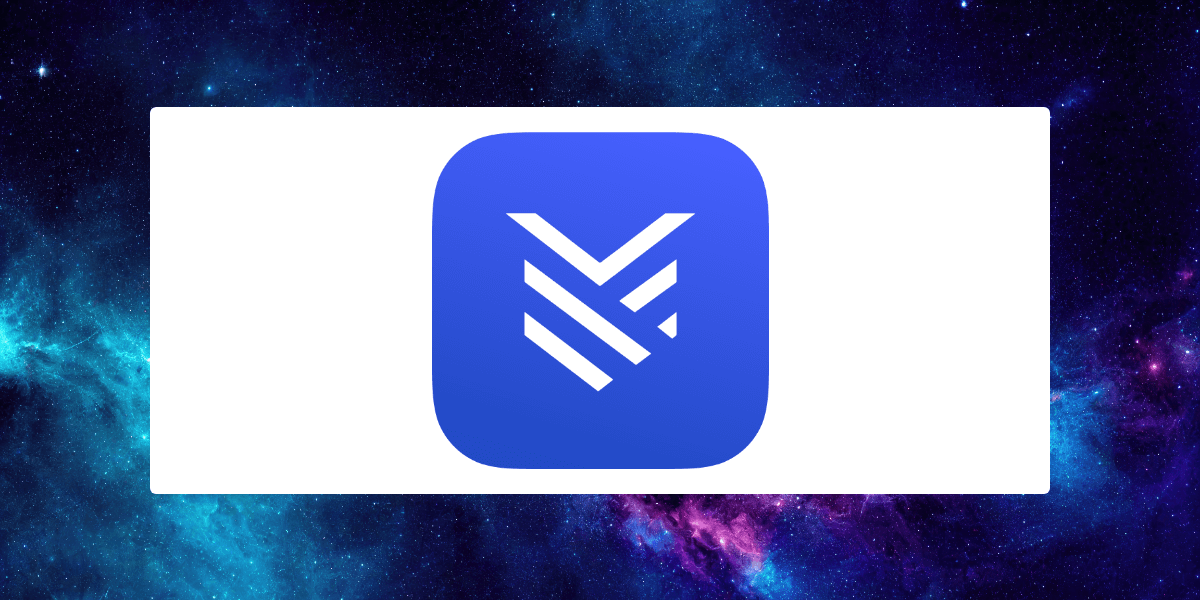
Yoroi Wallet
Yoroi Wallet is a lightweight, secure, and user-friendly wallet for the Cardano blockchain, developed by Emurgo, one of the founding entities of Cardano. It enables users to manage their ADA (Cardano’s native cryptocurrency) and other assets on the Cardano blockchain. Yoroi is designed to provide a simple, fast, and secure way to store, send, and…
-

Lenfi
Lenfi (formerly known as Aada Finance) is a decentralized lending and borrowing protocol built on the Cardano blockchain. It enables users to lend and borrow digital assets in a peer-to-peer manner without the need for intermediaries like traditional financial institutions. By leveraging the security, scalability, and smart contract capabilities of Cardano, Lenfi aims to create…
-

Atala PRISM
Atala PRISM is a decentralized identity solution developed by IOHK (Input Output Hong Kong), specifically for the Cardano blockchain. It enables individuals and organizations to create, manage, and verify digital identities in a secure and privacy-focused way, giving users control over their personal data while enabling trusted interactions in both digital and real-world environments. Atala…
-

Mesh (Cardano)
Mesh on Cardano is a comprehensive development framework that offers tools and resources designed to simplify the creation of decentralized applications (dApps) on the Cardano blockchain. Mesh provides developers with the building blocks needed to interact with Cardano’s core functionalities, such as wallets, transactions, and smart contracts, without requiring deep blockchain expertise. Project Status: https://meshjs.dev…
-

Midnight
Midnight is a privacy-focused sidechain being developed within the Cardano ecosystem. It is designed to provide enhanced privacy and confidentiality for transactions and data handling, enabling users to interact with decentralized applications (dApps) and conduct transactions while keeping sensitive information secure. Midnight aims to combine Cardano’s security, scalability, and decentralization with robust privacy features. Project…
-
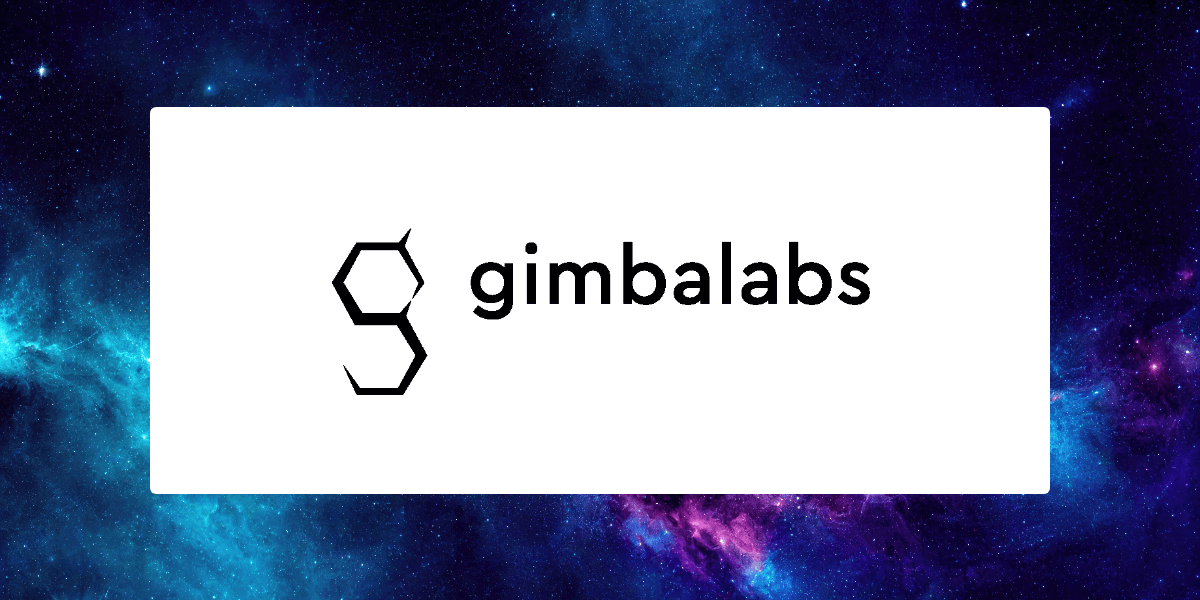
Gimbalabs
Gimbalabs is an open-source project and community initiative focused on promoting education, tools, and resources for developers and innovators in the Cardano ecosystem. Its primary aim is to empower individuals and teams to create decentralized applications (dApps), services, and solutions on the Cardano blockchain by providing access to the necessary tools and knowledge. Project Status…
